82 F. high in the Twin Cities Friday, the average high on August 7.
67 F. average high on September 26.
82 F. high on September 26, 2013.
September 26, 1942: The max temperature was 40 degrees Fahrenheit in Minneapolis.
September 26, 1898: Heat wave with 91 degrees at Beardsley and 90 at Moorhead.
Retirement Oasis?
"Paul, where is the safest place to retire?" Loaded question, but I'm just foolish enough to take the bait.
With
rising sea levels I tell friends desiring Florida waterfront living to
buy something 5 blocks inland, and be patient. A recent study suggested
the Pacific Northwest might be the best spot, with ample water supplies,
something lacking from California to Arizona. Between earthquake risk
out west, drought over the Plains and hurricane risk Texas to Long
Island, your best bet may be New England to the Upper Midwest, trending
wetter and milder in the decades to come - blessed with fresh water too.
Most
climate models suggest a wetter, more humid future for Minnesota, with
winters that, on average, aren't quite as harsh or bitter. Place your
bets.
At the risk of editorializing, a perfect sky lingers into
Sunday with a taste of mid-August: 80 degrees, fewer bugs and just a
touch of humidity. A hiccup of cooler air sparks a Monday shower;
another round of puddles Thursday before cooling off late week. This
next Canadian front doesn't look nearly as chilly, in fact 70s return
next weekend.
I'm a naive optimist but I suspect next winter will be a pale imitation of last year.
Perfect Weekend - Feels Like October by Late Week.
Yes, we are getting spoiled, and at some point the other shoe will
drop. No cold fronts, but a cooler front is brewing for the end of the
week with European model data hinting at 50s one week from today. A few
T-showers may pop up Wednesday, heavier/steadier rain Thursday before
cooling down to light jacket levels by the end of the week.
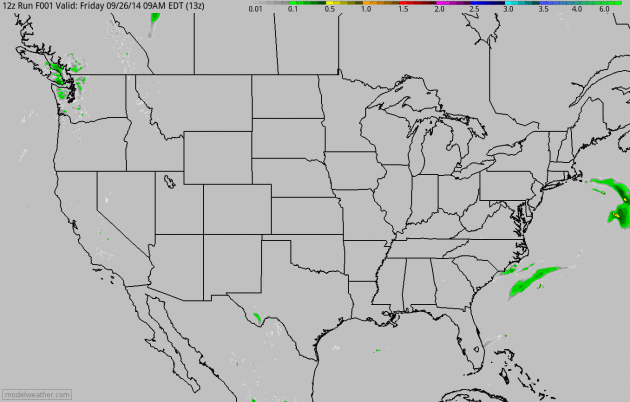 Puddle Potential
Puddle Potential.
The loop above shows accumulated rainfall over the next 60 hours; heavy
T-storms from central Florida to south Texas; soaking rains for Seattle
with more heavy T-storms over the Rockies. Meanwhile glorious weather
is the rule from the Upper Midwest and Great Lakes into New England and
the Mid Atlantic region. Loop: NOAA and HAMweather.
60-Hour Total Rainfall Potential.
4 KM NAM data from NOAA shows an arc of moderate to heavy rain
stretching northward across the Rockies into southern Canada with some
2-4" amounts possible. More heavy rain is likely from the Gulf coast to
western Canada; a few models hinting at flash flooding for Tampa.
September: Big Moisture Variations.
It's been a strange month for rainfall, trending drier than average for
much of Minnesota, but much wetter over parts of northern and western
Minnesota. Here's an excerpt from this week's edition of
WeatherTalk, courtesy of Dr. Mark Seeley: "
Just
like the August rainfall pattern, September has been mostly drier than
normal across the state, but intense thunderstorms have brought well
above normal rainfall to some areas of the state. In the northern
counties Hawley (3.08"), Lake Winnibigoshish (3.28"), Thorhult (3.42"),
and Tofte (4.23") have all reported well above normal rainfall for the
month. In western counties a number of observers have reported over 4
inches for the month including Pelican Rapids, New York Mills, and
Slayton. Lamberton has reported their 2nd wettest month of the year with
5.70 inches..."
Nation Fails To Address Coastal and Inland Flood Risks, Civil Engineer Society Says. If we don't learn from history we're doomed to repeat it, right? Here's an excerpt of an eye-opening story at
NOLA.com: "...
If
the devastating impacts of Sandy and the losses sustained in floods and
hurricanes since Katrina were to be used as the measures of progress,
the nation has failed to heed the call," said the report, prepared
by the society's Task Committee on Flood Safety Policies and Practices. "Is anybody listening? That's the question," said Gerald Galloway,
a University of Maryland engineering research professor and one of the
authors of the report. "The question is why aren't more people listening
to what's been said about flood risk in report after report after
report..." (File photo: Reuters).
What Would Happen if "The Big One" Hit New York City Today? It Wouldn't Be Pretty.
Sandy was a mash-up of nor'easter and ex-hurricane; striking as a
(huge) cold-core storm at high tide during a full moon, which amplified
the impact of 80-mile hour winds at landfall. If a true Category 3-4
storm, similar to the Hurricane of 1812, hit the northeastern USA today
the damage would be several orders of magnitude higher, according to an
article at
PropertyCasualty360; here's an excerpt: "...
One
thing that most meteorologists agree on is that Sandy, though a unique
storm in the way it merged with another storm giving it immense girth
that covered nearly the entire Eastern United States, was a relatively
weak storm. When it hit New Jersey, Sandy’s sustained wind speeds topped
out at only 80 mph. Comparatively, the Norfolk-Long Island Hurricane
had hurricane-force winds that extended well into Maine, with speeds
topping 150 mph in some areas, according to the report. The damage from a
Norfolk-Long Island sized hurricane today would decimate most of Long
Island's properties, Swiss Re said..."
 Doppler On Your...Watch?
Doppler On Your...Watch?
Why not. A previous company, Digital Cyclone, was the first to put
Doppler radar on a cell phone back in 2001. Now HAMweather/Aeris just
launched an app that allows you to display Doppler, satellite imagery,
forecasts and advisories/warnings on your app-enable Android watch. Full
disclosure: the basic version of
Aeris Weather Weather is free to consumers, and was created by developers at Media Logic Group, which I launched back in 2008.
Occupational Hazards of Working on Wall Street. I'm feeling a little better about my profession after reading this article at
Bloomberg View; here's an excerpt: "...
The
occupational hazards of Wall Street are more interesting -- and not
just because half the graduating class of Harvard still wants to work
there. Some are obvious -- for instance, the temptation, when deciding
how to behave, to place too much weight on the very short term and not
enough on the long term. Or the temptation, if you make a lot of money,
to deploy financial success as an excuse for failure in other aspects of
your life. But some of the occupational hazards on Wall Street are less
obvious..."
A Fried Chicken iPhone Case?
Why not, although I fear I'd be nibbling away at my protective case as
the munchies set in. Thank KFC for this advancement in technology;
details from
cnet.com: "
Some
of the most unusual and amusing digital accessories in the world are
coming from the Japanese arm of Kentucky Fried Chicken. The fast-food
chain already unveiled a fried-chicken keyboard, computer mouse and USB drive
as part of a Twitter promotion and giveaway. KFC Japan looked upon its
mighty works and said, "Yes, this is good, but we can do better." And
then it introduced a fried-chicken iPhone case...."

TODAY: Atmospheric high-five. Warm sun.Winds: S 10-15. High: 81
SATURDAY NIGHT: Mostly clear - touch of ground fog late. Low: 62
SUNDAY: Plenty of sun, still amazing. High: near 80.
MONDAY: More clouds. Cooler, isolated shower. Wake-up: 59. High: 69
TUESDAY: Fading sun, lukewarm breeze. Wake-up: 51. High: 72
WEDNESDAY: Few showers, stray T-storm. Wake-up: 57. High: 74
THURSDAY: Lingering showers, cooling off. Wake-up: 58. High: 66
FRIDAY: Partly sunny, closer to average. Wake-up: 49. High: 64
Climate Stories...
Graphic: A Farmer's Guide to Global Warming - Go North. Bloomberg has the infographic and story; here's an excerpt: "
Land
in Canada, China, and Russia that cannot be farmed now may become
suitable for agriculture as warmer climes creep north over the next
90 years, according to a new study from Germany’s Ludwig Maximilian
University. The developing world is projected to lose the most, as
2.6 million square miles of usable land become too dry or hot to farm."
Map credit above: Bloomberg Businessweek.
Study Finds Global Sea Levels Rose Up To Five Meters Per Century At The End of The Last Five Ice Age Cycle. Yes, the climate has changed before, but never at the rate we're now witnessing. Here's an excerpt of a story at
phys.org: "
Land-ice
decay at the end of the last five ice ages caused global sea-levels to
rise at rates of up to 5.5 meters per century, according to a new study.
An international team of researchers developed a 500,000-year record of
sea-level variability, to provide the first account of how quickly
sea-level changed during the last five ice age cycles...."
Photo credit above: Tiago Fioreze/Wikipedia.
Capitalism Is Saving The Climate, You Hippies.
My favorite headline of the week. Protesting in front of Wall Street
may be missing the point to some degree. Wall Street follows the money,
and it turns out investors (institutional and private) are still pouring
a lot of money into firms that promise a lower-carbon future, like
Tesla and Solar City. Altruism? Maybe, but they're just trying to make a
buck. Keeping the profit motive alive and well will accelerate the
green, sustainable solutions we're going to need. As I keep saying, the
best way to get someone to go green is to put more green back in their
wallet. Here's an excerpt from
The Daily Beast: "...
Of
course, Wall Street firms aren’t doing this out of the goodness of
their own hearts, although they do like the positive buzz such deals can
generate. They’re doing is because they can make money doing so. And
this is the real transformation we’ve seen in the last several years.
The Occupy-like protesters might not like it, but renewable energy,
efficiency, and sustainability have become big businesses, with huge
needs for capital. You can’t crowdfund your way to stopping climate
change."
Sandia
Labs Study: "It Is The Uncertainty Associated With Climate Change that
Validates The Need To Act Protectively and Proactively." Here's
an excerpt of a new Sandia Labs study focused on a state-wide breakdown
of how climate volatility and greater extremes may impact GDP;
Think Progress has the story "...
The
study finds that contrary to popular rhetoric, greater uncertainty
about the impacts of climate change means greater economic risk, not
less. Specifically, within an envelope covering 98% of the climate
uncertainty as it pertains to rainfall alone, the U.S.
economy is at risk of losing between $600 billion and $2.0 trillion and
between 4 million and 13 million U.S. jobs over the next 40 years. Let’s
examine how the study arrives at these estimates..."
Jon Steward Nails The Insane Reason We Need To Keep Talking About Climate Change. Yes, let's deny basic science as long as possible. Here's a video clip and story excerpt from
Business Insider: "
If 99.9% of
the scientific literature shows that climate change is real and
worsened by human action, why do we still need marches like the one that
recently flooded the streets of New York City? It's an appropriate
question, and one that comedian Jon Stewart answers eloquently in a
recent Daily Show episode. As he notes on the show, some members of the
White House Representatives Committee on Science, Space and Technology
hold some very strange and unscientific views on the matter..."
Why The Rockefellers Rejected Big Oil. Here's a clip from
The Daily Beast: "...
The
Rockefellers aren’t divesting merely out of altruism. They believe that
companies trafficking in fossil fuels will eventually face financial
problems. But for Reynolds and Robbins, obeying their consciences came
with a price tag..."
Image credit: Elena Scotti/The Daily Beast.



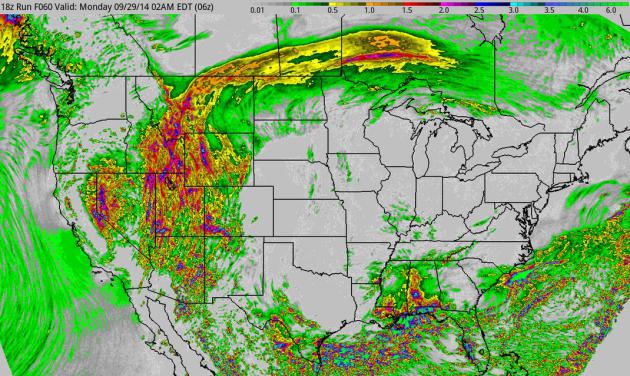
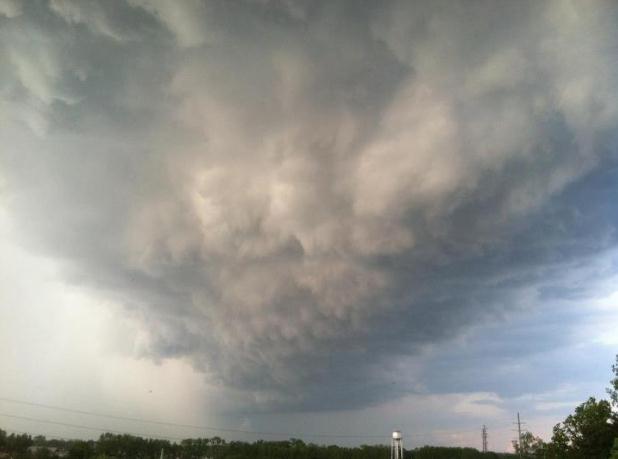
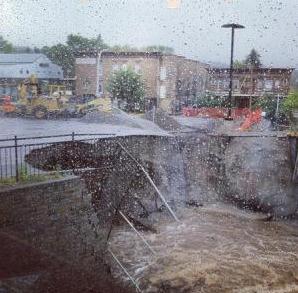
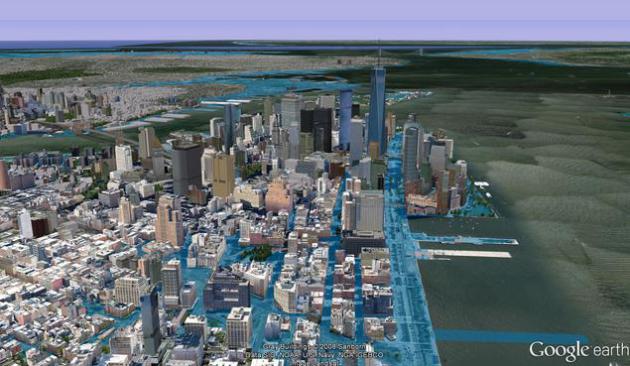





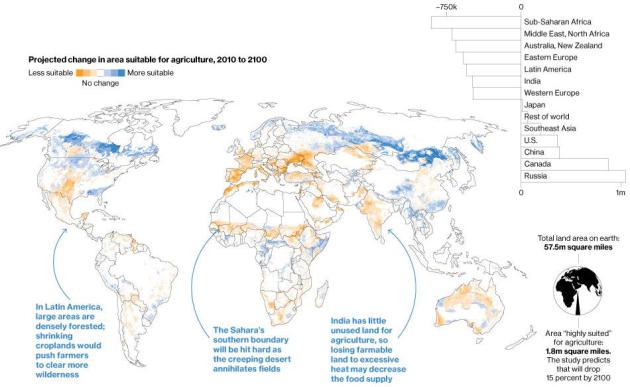
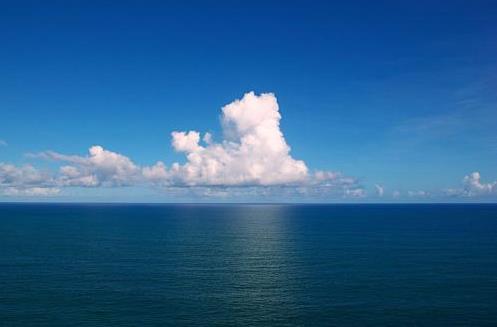
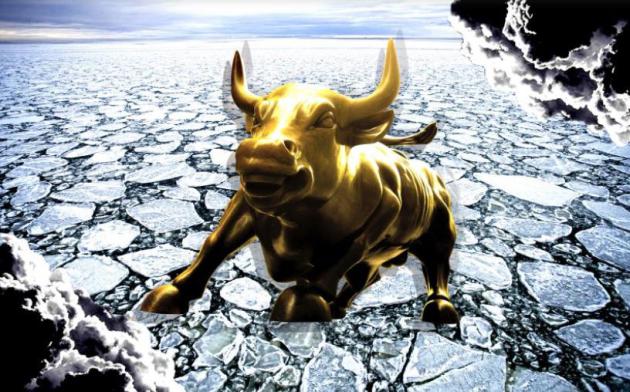
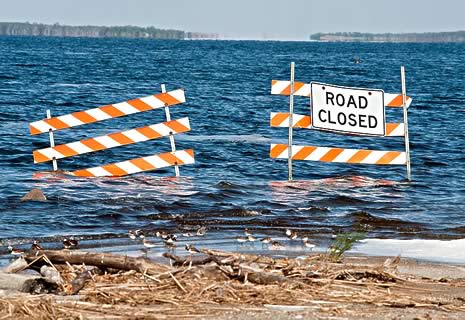
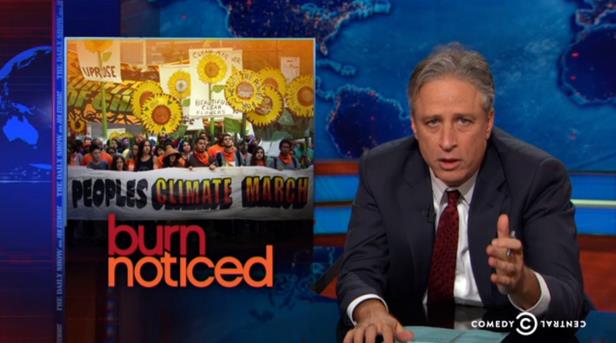
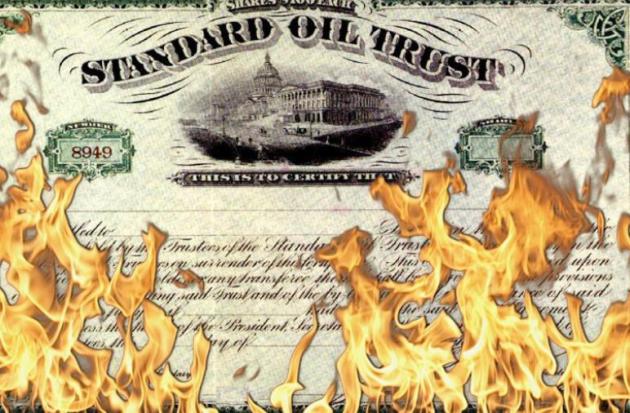
No comments:
Post a Comment